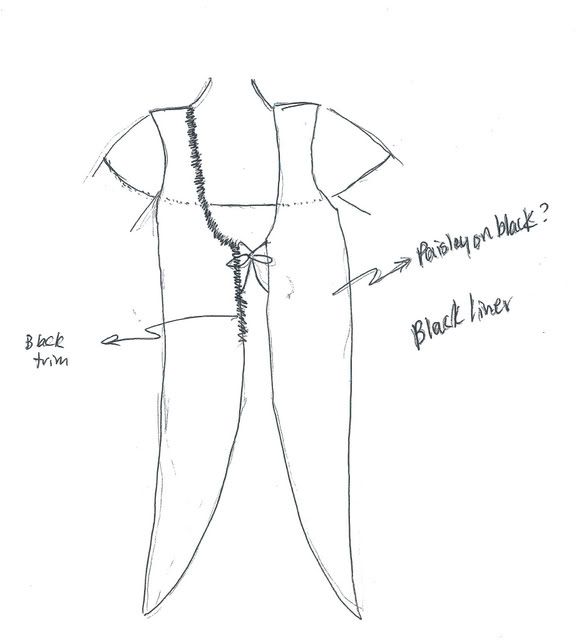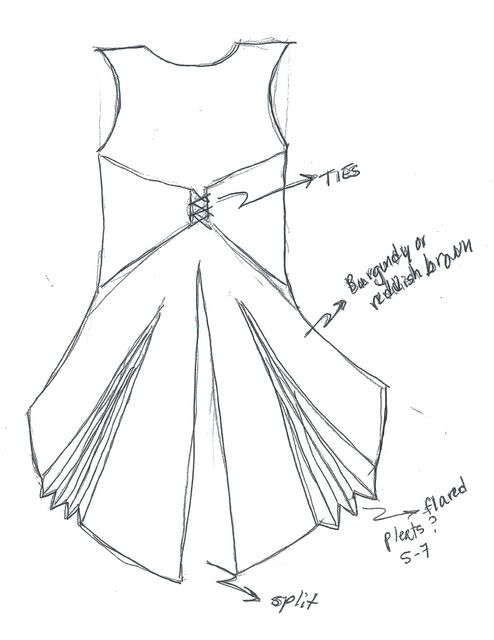Motifs
Paisley
The
paisley motif originated in Kashmir in India. It is a fertility symbol based on the new shoot of a date palm. The motif is most well known for its use on Kashmiri shawls. The design found its way to England in the 1760s where copies of the original Kashmiri shawls were made in the Scottish weaving centre of Paisley. Hence the use of the Anglo-Saxon term
paisley. In India the motif is known as
kairy (mango) and
buta (floral form) and in Kashmir it is
kalanga or
kalga.
Genuine Kashimiri shawls took 18 months to make and were made from the soft wool on the underbelly of goats. The Paisley shawls were made from wool and could be woven on hand looms in just two weeks. This made them much more affordable. The Industrial Revolution had a huge impact on production. From 1820 to 1860 thousands of shawls were produced. The last Paisley shawl was made in 1876.
The use of the
paisley motif in furnishings is attributed to Napoleon's wife Josephine who had gowns, bedcovers and cushions made from the shawls. The French began making copies of the shawls and modified the design, adding long curling tips to the basic cone shape.
Arthur Liberty, an Englishman revived the popularity of the paisley design. It became recognised as the
Liberty print and was used for home accessories. The
paisley pattern is still popular today.
paisley motif
paisley printed fabric
Activity
The paisley motif was often used in Indian block printing. Draw your own version of the paisley motif and transfer the design to a potato to do your own block printing. You will need printing paste or you can try mixing 1 teaspoon of tumeric with 1 teaspoon of PVA glue for a real Indian flavour. You will need to iron the fabric to fix the paste to the fabric.












